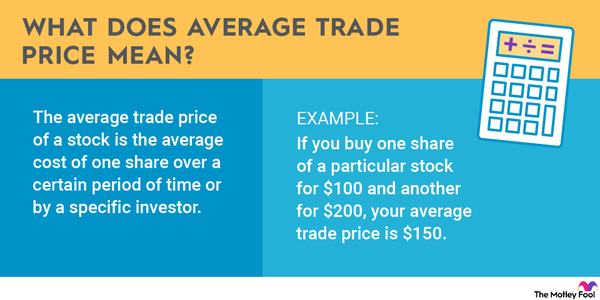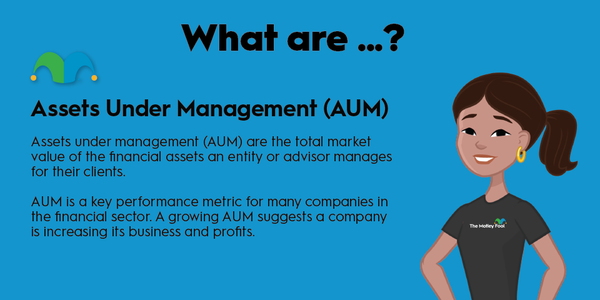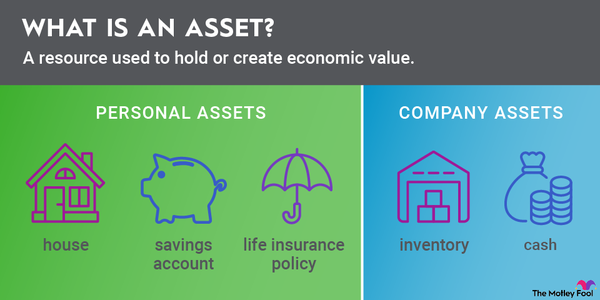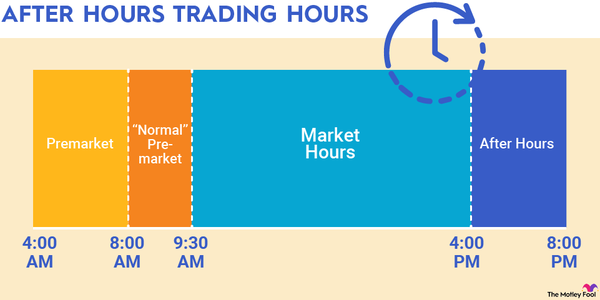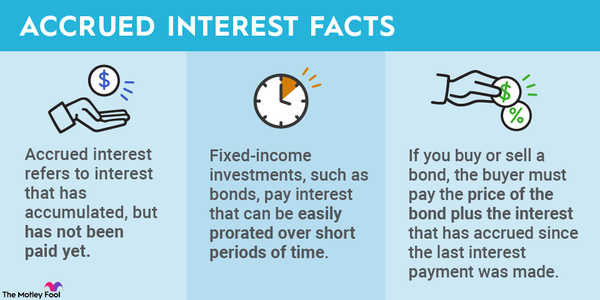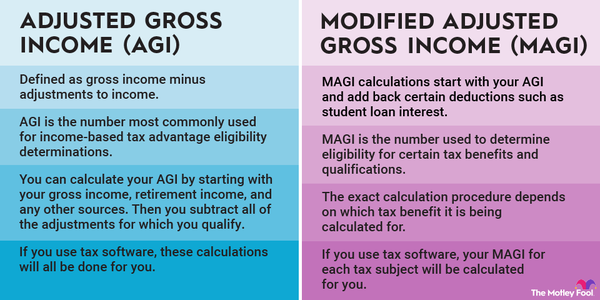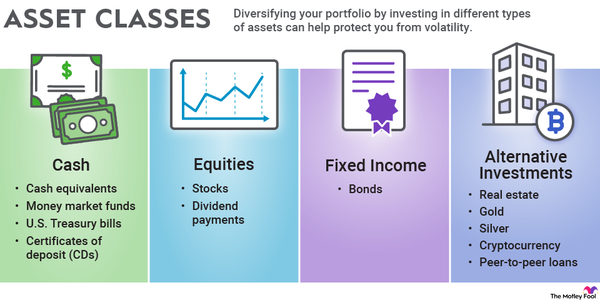When it comes to calculating Social Security benefits, your entire work history is analyzed to determine your average earnings throughout your career. A process of evaluating your earnings each year is used to determine your average indexed monthly earnings, or AIME.

What is it?
What is AIME?
Unlike many retirement plans, which are based on just a few years of your earnings, Social Security is based on your 35 highest-earning years. There is a benefit formula that determines your primary insurance amount, or the Social Security benefit you would get at full retirement age, and the number that is plugged into this formula is known as average indexed monthly earnings, or AIME.
AIME stands for average indexed monthly earnings and is the income figure that is used to calculate your initial Social Security benefit. The higher your AIME, the higher your Social Security benefit.
Why it's needed
Why is AIME needed?
The Social Security Administration keeps a record of your earnings from every year you worked in Social Security-covered employment. Even if you worked a part-time job while still in high school, your earnings will appear on your Social Security records.
Your Social Security benefit is based on an average of your 35 highest-earning years, but inflation makes this a little more difficult to determine. For example, earning $100,000 in 2025 and earning $100,000 in 1985 were not the same thing -- the latter was a far higher income in terms of the purchasing power you would have had.
To level the playing field, an inflation adjustment, or indexing factor, is applied to each year's earnings.
How it's calculated
How AIME is calculated
The SSA publishes a list of indexing factors, and there is a separate list for each year of eligibility. When calculating your Social Security benefit, the list of indexing factors from the year in which you first became eligible for Social Security (when you turned 62) is used -- regardless of when you actually choose to start receiving Social Security payments.
For example, if you turned 62 in 2018 but don't start collecting Social Security until you turn 70 in 2026, you would use the indexing factors and benefit formula for the 2018 year of eligibility.
The appropriate indexing factors for your year of eligibility are then applied to each year of your earnings. After everything is indexed for inflation, the 35 highest-earning years are averaged together and then divided by 12 to produce the AIME.
Related investing topics
Example
Example
We won't go through an entire Social Security benefit calculation here, but let's look at a quick example to illustrate how this works.
Let's say that you'll turn 65 in 2025 (so you turned 62 in 2022), and as part of your work record, you earned $75,000 in 2017 and $77,000 in 2018.
A quick look at the 2022 indexing factors on the SSA website shows a factor of about 1.1055 for 2017 and 1.0668 for 2018. Applying these to your actual earnings shows that your indexed earnings were:
- $75,000 x 1.1055 = $82,913 in 2017
- $77,000 x 1.0668 = $82,144 in 2018
These are the numbers that would be used to calculate your AIME, assuming they are among your 35 highest-earning years.
We'll say that you continue to calculate the indexed version of the rest of your earnings and find that the average you earned in your 35 highest-earning years is $82,000. Dividing this by 12 would give you an average indexed monthly earnings of $6,833. This figure would then be applied to the Social Security benefit formula that was in place for the year in which you first became eligible.





